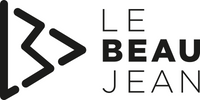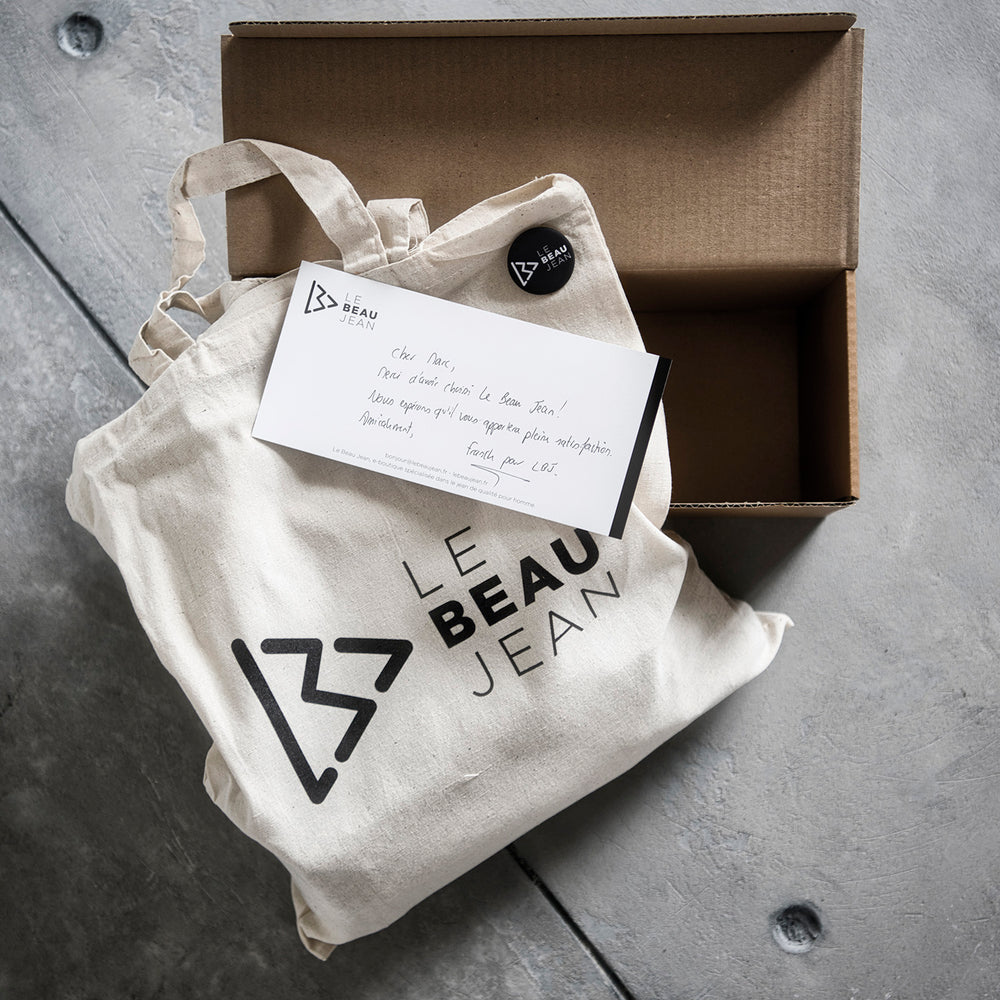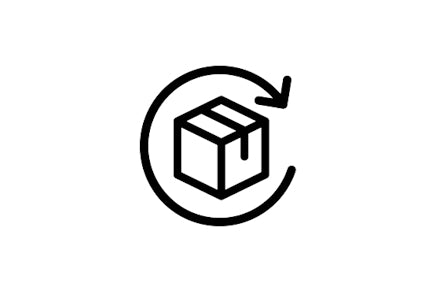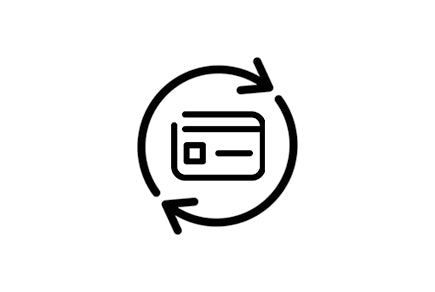Let's talk about sewing
Remember episodes 1 and 2 ? That's it, the fabric is ready! It's time to go from fabric to garment through tailoring. This is a crucial and highly technical step in creating your jeans.
A handmade confection
Making jeans requires expertise and incredible mastery of each step. 🔍 Did you know that each step of your Le Beau Jean pants is carried out by the expert hands of the seamstresses at our partner factory, Olinda?
On this subject, don't be fooled: in France or elsewhere, all jeans are hand-sewn . This is not a feat, it is the classic manufacturing method. The assembly of each pair of pants requires that it passes through the expert hands of seamstresses. In some cases, automated systems provide support throughout the process. ↓
Finishing treatments for jeans
Once the jeans are made, we move on to the final stage. That is, the finishing process, in which different treatments can be used to give the jeans different effects .
Mechanical treatments
- Using pumice stones (or "Stone Wash") helps soften the fabric, creating a worn, aged effect.
- Using sandpaper/sanding pads allows you to "sand" certain parts of the jeans (knees, buttocks, etc.) for a natural-looking wear.
It is during these finishing operations that the famous whiskers on your Le Beau Jean trousers will be revealed.

- The sandblasting method consisted of propelling sand at high pressure to create a worn effect. Now completely banned, this method was very controversial because it posed a risk to the health of workers (particularly by contracting silicosis, a fatal lung infection).
Chemical treatments
- Chemical treatments use bleaching agents (chlorine, bleach, potassium permanganate, etc.) to create a tie-dye effect or white stains on the jeans. Other chemical alternatives are also used, such as sodium hypochlorite, CHT's Organ IQ, or Nearchemica's Sky White.
Alternative treatments
- The laser allows for a targeted distressed effect on jeans while reducing water consumption. And it's also much less harmful to workers!
- Ozone treatment helps reduce energy and water requirements by converting oxygen into ozone. Less polluting, this technique fades jeans in a relatively natural way by mimicking the effect of sunlight on fabric.
Then, giant washing machines ↓, will allow you to fade or patinate jeans. But not only that, it also allows you to remove excess dye and neutralize shrinkage in jeans. This prevents you from ending up with jeans that are too small after washing at home! Pretty useful, isn't it?

Proportionate water consumption
Industrial machines can hold an average of 75 kg of clothing. Using the bath ratio technique, it can be estimated that for approximately 1 kg of textile material, 6 to 10 liters of water are required .
For your information, your washing machine consumes approximately 80 liters of water per load (depending on the program) for an average of 6 kg of clothes. The bath ratio is therefore 13 liters of water for 1 kg of clothes . In proportion, the consumption of industrial machines is therefore less than our household machines.

Industries are improving their techniques to consume less and less water . Some have managed to achieve a bath ratio of 1:1, or 1 liter of water for 1 kg of clothing! It's impressive!
And less water means using less energy to heat that water as well as fewer chemicals. Again, this water can be recycled and reused by factories for a more responsible process .
We are committed to using methods that use as little water and chemicals as possible. But let's face it, this step remains essential and is certainly not feasible without water today. The textile industry is working to develop new, more economical and environmentally friendly methods, so perhaps one day washing without a single drop of water will come...

With this brief overview, you now know the main steps involved in making jeans. We hope we've enlightened you and dispelled some preconceived notions! 💪
We also wanted to tell you that we calculated the number of kilometers your Beau Jean travels compared to major brands that advertise on this subject. Contrary to what you might think at first glance, we're pretty good!
You often hear about clothes traveling tens of thousands of kilometers before arriving in your hands. Rest assured, Le Beau Jean hasn't traveled around the world 3 or 4 times.
After a little calculation, your Le Beau Jean pants have traveled less than 4,000 km , without forgetting to take into account the origin of the cotton and without using the more advantageous crow flies calculation. On the other hand, some French brands reach nearly 3,500 km! Surprising isn't it? To better visualize, that roughly corresponds to a round trip from Paris to Malta.

Up to you
We answer all your questions sent to bonjour@lebeaujean.fr or on social networks!
See you soon for a new episode! 😉









